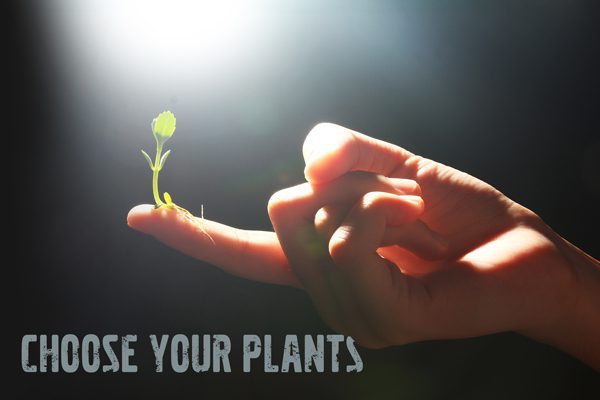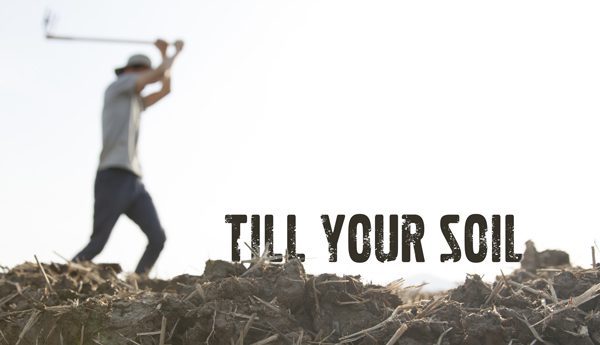There is no better time to start a garden than in a global pandemic. It’s a great excuse to go outside and get fresh air and sunshine, you ease the burden on the struggling global supply chains, and you get food.
There are a lot of new gardeners out there, and starting from scratch can be intimidating. The hardest part is getting started, so the objective here is to lay the groundwork for success by listing the primary sectors of consideration.
Select a Site
If you don’t already have a garden plot, the first step is to choose a location. While this exercise should be mostly intuitive, it is essential to select a level area that is near a water source, and that gets at least 6-8 hours of sunlight daily, hopefully, more.
Pay attention to how sunlight travels through your yard during the day before selecting your site. Morning sun is preferable, as the afternoon sun is hotter, and you don’t want your plants to overheat during the hottest part of the day. Also, it is ideal to have your planting rows run north-south, as it optimizes the light plants will receive, so map this out as you choose your site.
Measure Your Season
Look up your hardiness zone, designated as the coldest place individual plants can grow. The higher the zone number, the warmer the climate. Also, to make sure you are getting the most out of the season, research the last average spring frost date to determine a projected planting date. It’s also good to know your first average fall frost date so that you get your plants harvested and plant appropriately for colder seasons.
Till Your Soil
The best advice on tilling is not to do it. However, if you are starting a new garden or have a bad habit of using artificial fertilizers, it may be beneficial to break your soil up to get started. For those who have already achieved living soil conditions, check out Charles Dowding’s “No-Dig Gardening” for tips on how to get massive results without the need to till your soil going forward.
Get a Soil Test
Soil testing is not required to be successful at gardening. Still, it can be beneficial. Look for labs that provide a complete profile of essential elements and for evaluations on base saturation. Developing a diversified mineral prescription to apply based on your cation exchange capacity is like delivering the materials for the microbe construction workers to build the neighborhood. And don’t forget, trace elements help microbes make enzymes to act like the tool kit, which is the value of using materials such as sea minerals and rock dust in the garden.
Make a Garden Plan
Before you plant, develop a plan on paper. Write down the varieties you have available, then draw a garden plot and imagine how you want it to be oriented. Pay particular attention to “companion planting”, the sequence of crops you want to grow throughout the season based on maturation date, and details for plant spacing. You can even write down your intentions for your garden as a sort of meditation. After all of the planning, let go of the detail, and remember that a garden is wild and will not grow according to plan.
Add Amendments
If you did a mineral Rx using base saturation soil testing, you could add them. The general amendment of choice is compost. Whether you have sandy soil or high clay, good compost helps improve conditions. The best time to add compost is in the fall because, despite conventional wisdom, the ground is very active in the winter, allowing the addition of beneficial microbes to get to work improving soil conditions. If you didn’t get it in early, you could apply good compost to the garden up to the day of planting. If you are not sure if the compost available is good, apply it to the garden area several weeks before planting and mix in beneficial microbes from worm castings, compost tea, or even some soil from an unadulterated prairie or forest.
Choose Your Plants

Are you starting seeds or buying plants? No shame either way, although starting seeds costs much less, allows for you to choose specific varieties, and is way more rewarding if done correctly. If you are selecting plants, buy local and organic where possible.
Plant Your Garden
The way you orient your garden can have a significant impact on the yields you produce. Hopefully, you planned well when sketching out your intentions. Now is the time to put it into action. Take the time to research how your plants like to be put into the ground. Can you plant them deep or no? What is the proper spacing for mature plants? If you are planting from seed, what soil depth is appropriate? It won’t be perfect; make sure to let the plants tell you how to do it better next time. And most importantly, say some loving words to your plants as you place them into the ground so the Earth may be healed!
Happy growing 🙂


